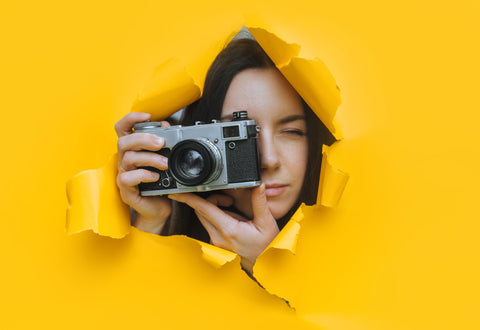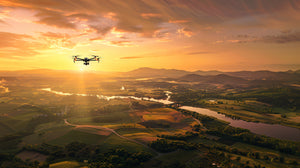Mastering Camera Angles and Shots: Powerful Visuals for Filmmakers
Sep 12, 2024
In filmmaking, camera angles are your secret weapon. They shape how your audience experiences the story, creating mood, emphasis, and perspective. Whether you're capturing the intensity of a dramatic scene or giving viewers a sweeping overview, the right camera angle can make all the difference. Let’s explore some key camera angles that every filmmaker should have in their toolkit.
Close-Ups: Capturing Emotion
Close-ups are one of the most powerful tools in a filmmaker's toolkit. By zooming in on a character's face, you allow the audience to see every nuance of emotion—the flicker of an eye, the curl of a lip, the subtle shift in expression. Close-ups draw the viewer into the character's inner world, making them feel connected and invested in their journey.
When to Use:
- During key emotional moments to highlight the intensity of a character's feelings.
- To reveal important details, like a telling glance or a hidden tear.
Pro Tip: Pair close-ups with soft lighting to enhance the emotional impact, creating a more intimate and immersive experience.
Low Angles: Conveying Power
Shooting from a low angle can dramatically change the perception of a character or object. By positioning the camera below the subject, looking up, you make them appear larger, stronger, and more imposing. This angle is often used to portray characters in positions of power or dominance, making them seem almost larger-than-life.
When to Use:
- To emphasise a character’s authority, power, or threat.
- During pivotal moments where a character is overcoming obstacles or asserting control.
Pro Tip: Combine low angles with slow, deliberate camera movement to build tension and amplify the sense of power.
Over-the-Shoulder Shots: Creating Connection
The over-the-shoulder shot is a classic technique for dialogue scenes. By framing the shot so that the camera peers over the shoulder of one character while focusing on another, you create a sense of connection between them. This angle puts the viewer right in the middle of the conversation, making them feel like an active participant rather than a distant observer.
When to Use:
- During conversations to establish relationships and perspective.
- To create a sense of intimacy or tension between characters.
Pro Tip: Use over-the-shoulder shots with varying depths of field to focus on the speaking character while keeping the listener slightly out of focus, guiding the audience’s attention.
Bird’s Eye View: Offering Overview
A bird’s-eye view gives the audience a god-like perspective, looking down on the scene from above. This angle is perfect for showing the full scope of a setting, giving context to the characters’ actions within a larger environment. It’s also useful for scenes that involve complex choreography, as it allows viewers to see all the moving parts at once.
When to Use:
- To establish a scene or show the layout of a location.
- In action sequences to highlight the spatial relationships between characters or elements.
Pro Tip: Use a bird’s-eye view in combination with dynamic camera movement to add energy and excitement to wide, expansive scenes.

Mastering camera angles is about more than just knowing where to place the camera; it's about understanding how perspective influences storytelling. Each angle you choose tells the audience something different, guiding their emotions and reactions. By thoughtfully applying these techniques—whether it's a close-up to capture raw emotion, a low angle to emphasise power, an over-the-shoulder shot to create connection, or a bird’s-eye view to give perspective—you can craft a visual narrative that resonates deeply with your audience.
Want to dive deeper into filmmaking? Check out our blog page for tons of tips on film techniques, funding strategies, and more! Whether you’re looking to master camera angles or find ways to finance your next project, we’ve got plenty of resources to help you along the way. Visit our Creative Hub and start exploring—you never know what you might discover!


